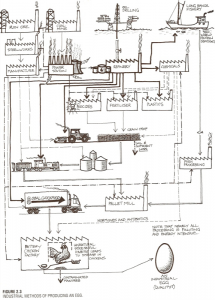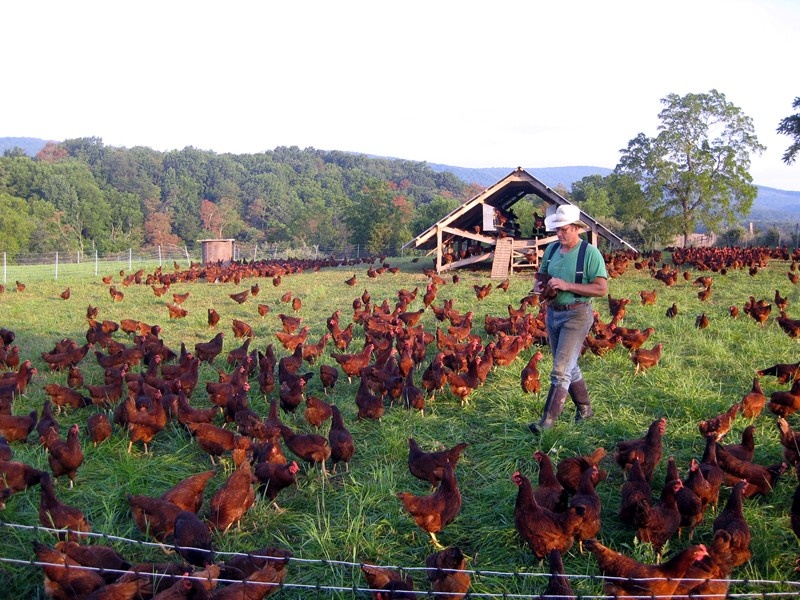Pattern Thinking
Living Systems Thinking
The major problems of the world are the result
of the difference
between the way nature works and the way people think.
— Gregory Bateson
E ach person has within himself the powers and latent faculties necessary to become aware of a multi-dimensional universe.— Paracelsus
ach person has within himself the powers and latent faculties necessary to become aware of a multi-dimensional universe.— Paracelsus
I walked with Roxanne Swentzell beneath the canyon rim in a Mesa Verde cliff dwelling, high above the valley floor. Standing on a multi-leveled plaza, we looked at the towers, below-ground kivas, and stepped multi-storied room blocks filling the large cave. I asked: Why not level plazas? Roxanne, remembering her people’s stories of climbing up through multiple worlds, replied: “Because reality is always multi-layered.”
I n general, we tend to focus on elemental improvement (making the pieces better) within existing patterns. “Living systems thinking” looks at the pattern of the whole and thinks about shifting the underlying pattern to develop the system to another level. Instead of working at the level of existence it works at the level of potential.
n general, we tend to focus on elemental improvement (making the pieces better) within existing patterns. “Living systems thinking” looks at the pattern of the whole and thinks about shifting the underlying pattern to develop the system to another level. Instead of working at the level of existence it works at the level of potential.
This image illustrates the pattern of the industrial system for delivering an egg. Because of this pattern of production, several times the caloric value of the egg is created in pollution. If we modify this illustration to show the system for delivering commercial “free-range eggs” (as defined by USDA), what changes? The pesticides and herbicides go away as do the cages. That is all. While this is an incremental improvement, it is nothing compared to what is possible through shifting the pattern of the system.
The weak link on your farm and mine is between our ears…
We have to think outside the box to unleash and leverage our resources.
— Joel Salatin
You can give a man a fish, you can teach him how to fish,
or you can help him learn how to think about fishing,
wherever he is, whatever is biting, even if they are not fish.
— Joel Glanzberg




